Museum of Yin Ruins in C China's Henan Attracts Crowds
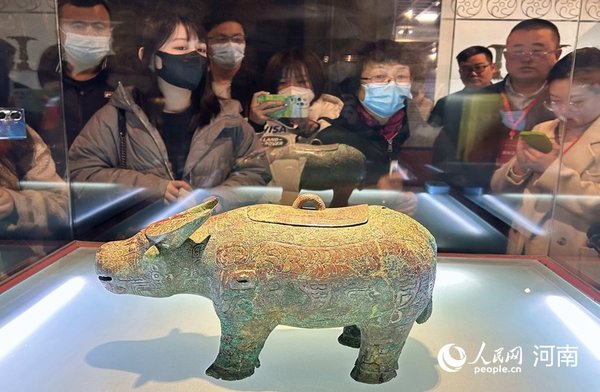 |
| Tourists visit the museum of Yinxu, or the Yin Ruins, remnants of the capital of the late Shang Dynasty (1600-1046 BC), in Anyang, central China's Henan Province. [People's Daily Online/Huo Yaping] |
The museum of Yinxu, or the Yin Ruins, remnants of the capital of the late Shang Dynasty (1600-1046 BC), in Anyang, central China's Henan Province, was recently crowded with visitors.
The museum has offered a rich collection of relics, including imposing bronze ware, majestic horse and chariot pits, and well-preserved tombs, creating a platform for visitors to get a glimpse of local culture and history and to learn more about China.
Tens of thousands of exquisite relics, ranging from oracle bone inscriptions to jade objects, have been excavated from the Yin Ruins, representing rich cultural connotations of the site.
The archeological site has become an important symbol of Chinese civilization and attests to a civilization featuring uninterrupted progress and pluralistic unity, which can be found in the site’s city ruins with complete facilities, a magnificent palace complex, a grand tomb complex, well-developed bronze ware and an advanced system of ancient Chinese characters.
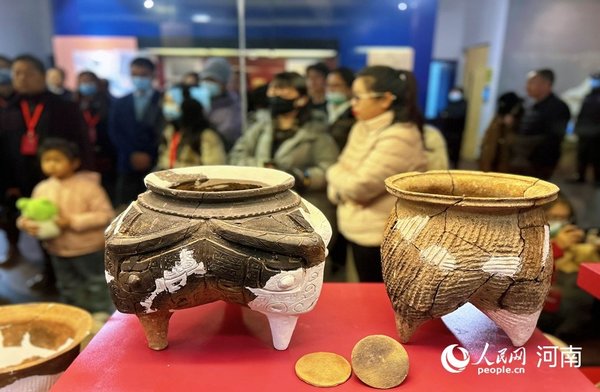 |
| Tourists visit the museum of Yinxu, or the Yin Ruins, remnants of the capital of the late Shang Dynasty (1600-1046 BC), in Anyang, central China's Henan Province. [People's Daily Online/Huo Yaping] |
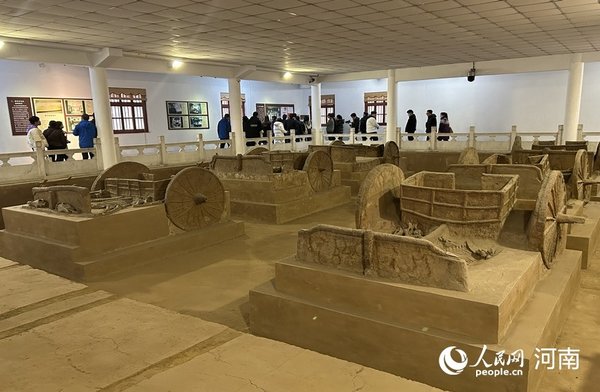 |
| Photo shows relics exhibited at the museum of Yinxu, or the Yin Ruins, remnants of the capital of the late Shang Dynasty (1600-1046 BC), in Anyang, central China's Henan Province. [People's Daily Online/Huo Yaping] |
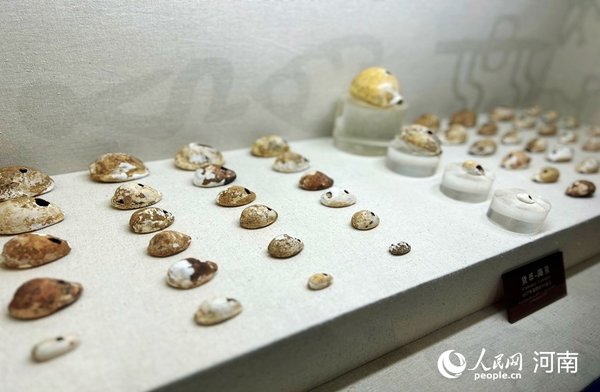 |
| Photo shows relics exhibited at the museum of Yinxu, or the Yin Ruins, remnants of the capital of the late Shang Dynasty (1600-1046 BC), in Anyang, central China's Henan Province. [People's Daily Online/Huo Yaping] |
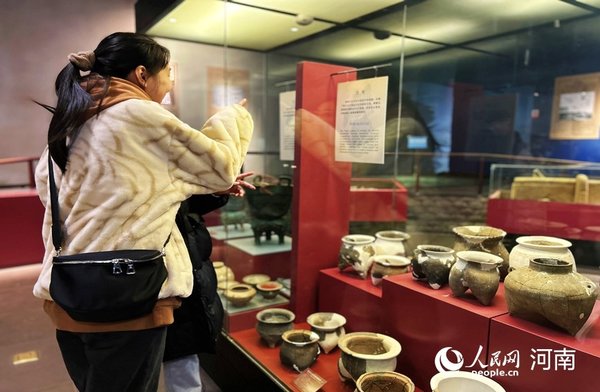 |
| Tourists visit the museum of Yinxu, or the Yin Ruins, remnants of the capital of the late Shang Dynasty (1600-1046 BC), in Anyang, central China's Henan Province. [People's Daily Online/Huo Yaping] |
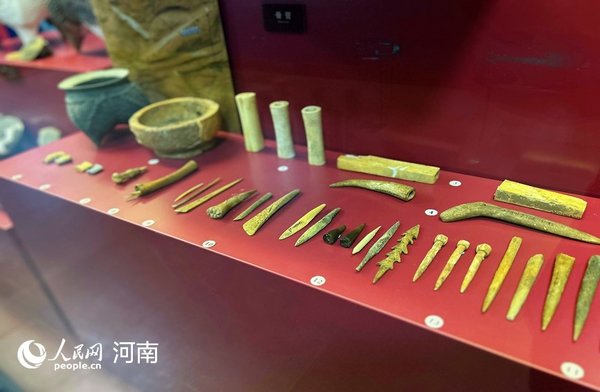 |
| Photo shows relics exhibited at the museum of Yinxu, or the Yin Ruins, remnants of the capital of the late Shang Dynasty (1600-1046 BC), in Anyang, central China's Henan Province. [People's Daily Online/Huo Yaping] |
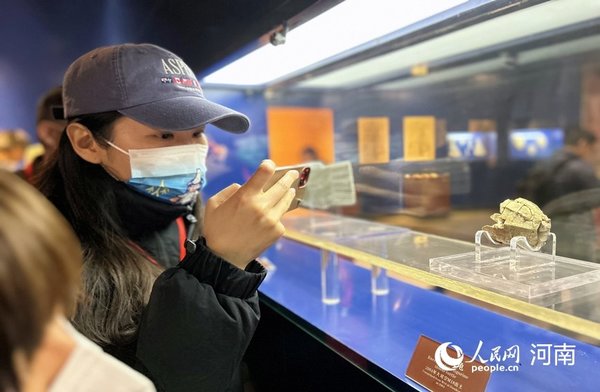 |
| Tourists visit the museum of Yinxu, or the Yin Ruins, remnants of the capital of the late Shang Dynasty (1600-1046 BC), in Anyang, central China's Henan Province. [People's Daily Online/Huo Yaping] |
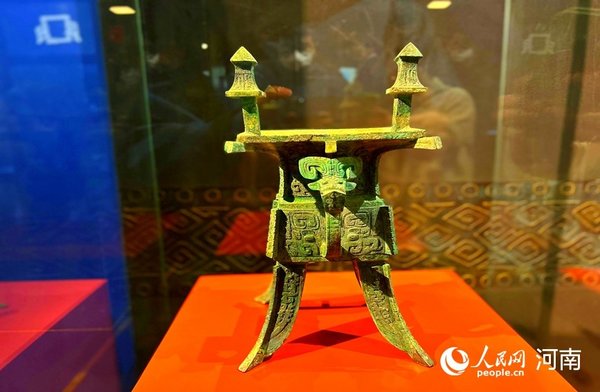 |
| Photo shows a relic exhibited at the museum of Yinxu, or the Yin Ruins, remnants of the capital of the late Shang Dynasty (1600-1046 BC), in Anyang, central China's Henan Province. [People's Daily Online/Huo Yaping] |
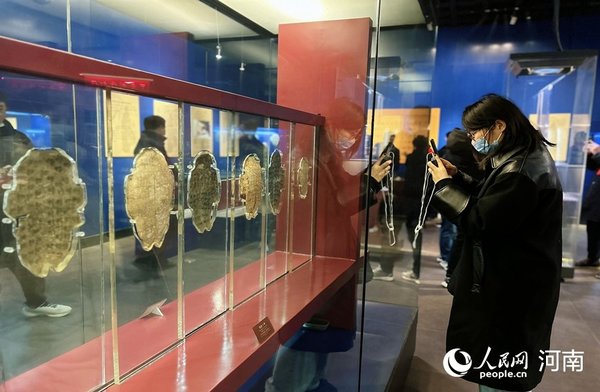 |
| Tourists visit the museum of Yinxu, or the Yin Ruins, remnants of the capital of the late Shang Dynasty (1600-1046 BC), in Anyang, central China's Henan Province. [People's Daily Online/Huo Yaping] |
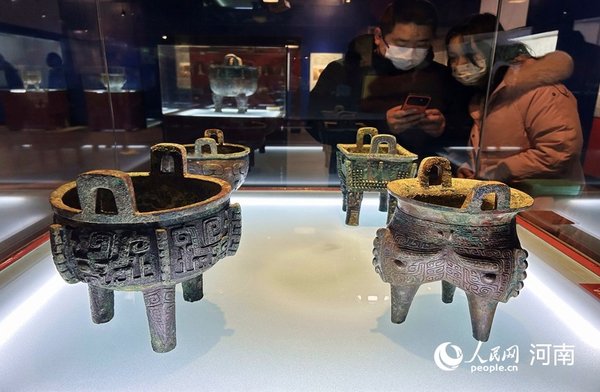 |
| Tourists visit the museum of Yinxu, or the Yin Ruins, remnants of the capital of the late Shang Dynasty (1600-1046 BC), in Anyang, central China's Henan Province. [People's Daily Online/Huo Yaping] |
(Source: Xinhua)
Please understand that womenofchina.cn,a non-profit, information-communication website, cannot reach every writer before using articles and images. For copyright issues, please contact us by emailing: website@womenofchina.cn. The articles published and opinions expressed on this website represent the opinions of writers and are not necessarily shared by womenofchina.cn.


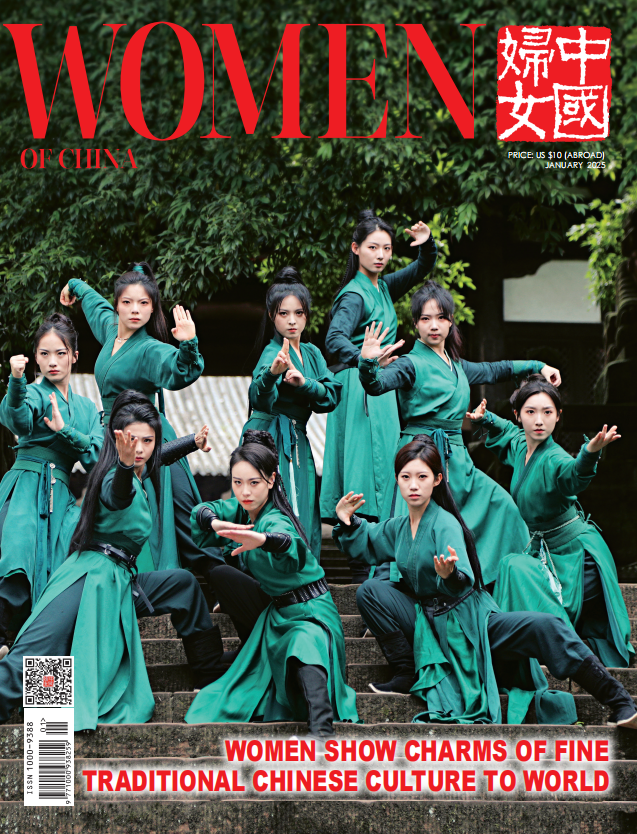



.jpg)

 WeChat
WeChat Weibo
Weibo 京公网安备 11010102004314号
京公网安备 11010102004314号